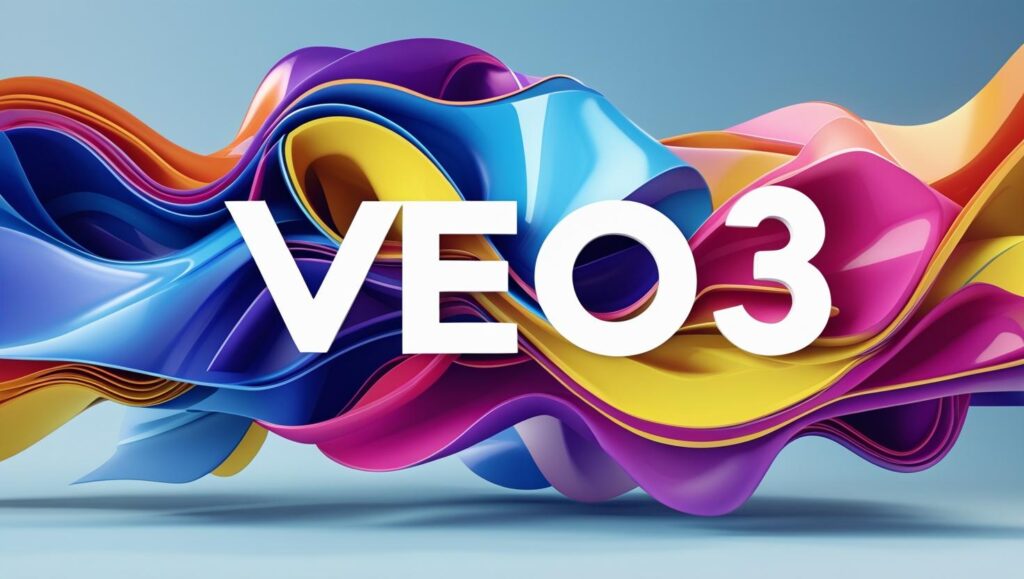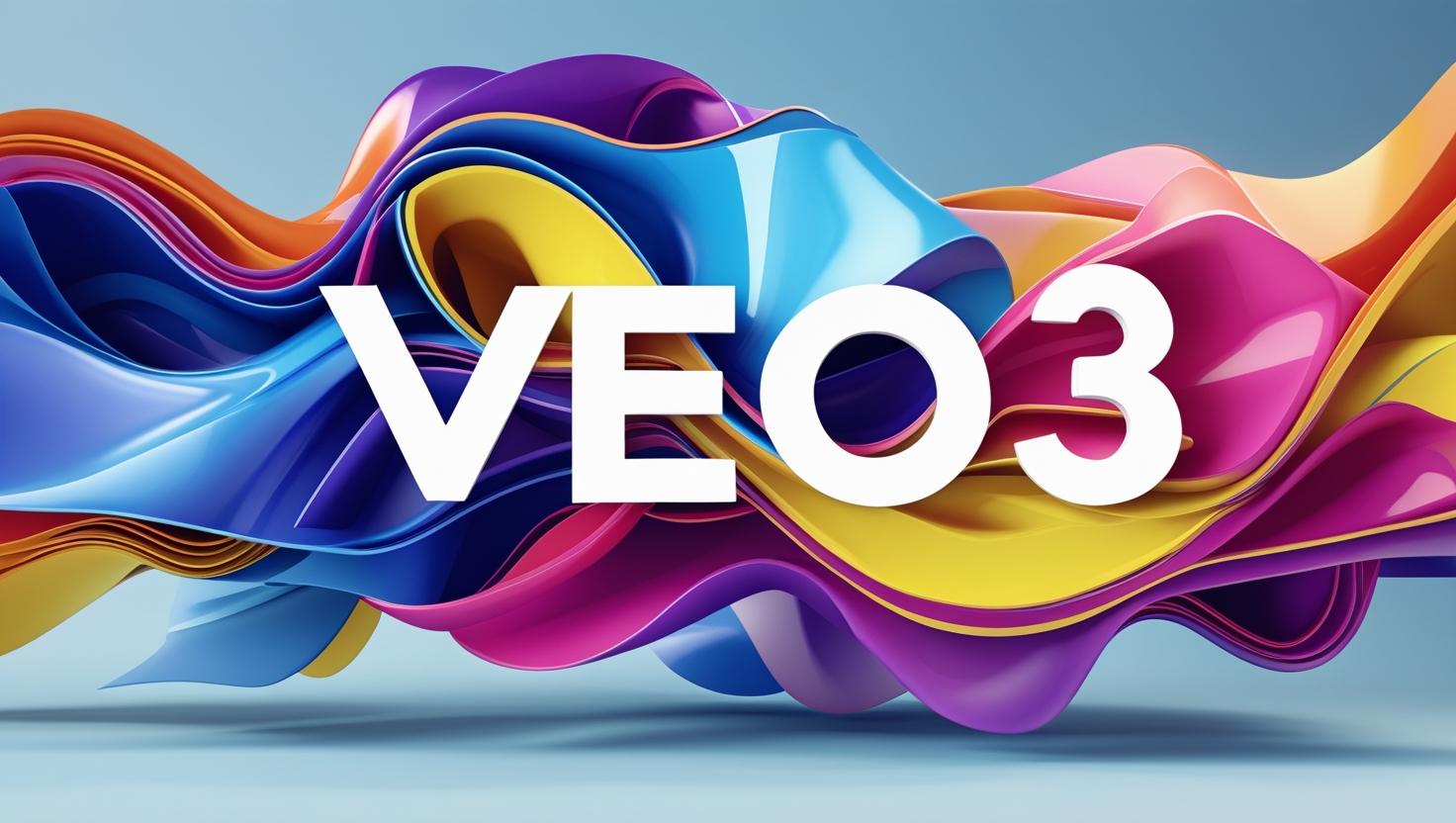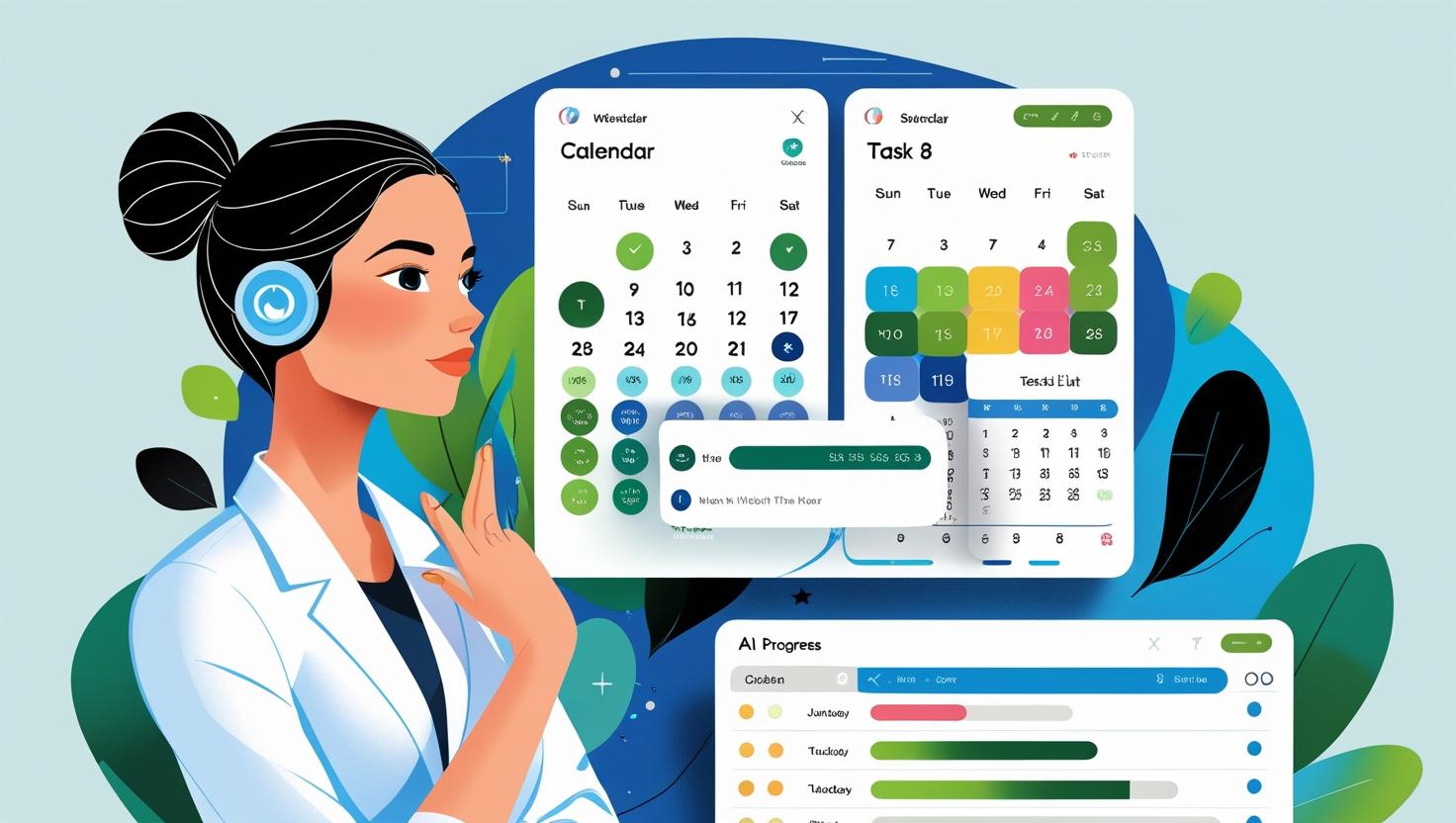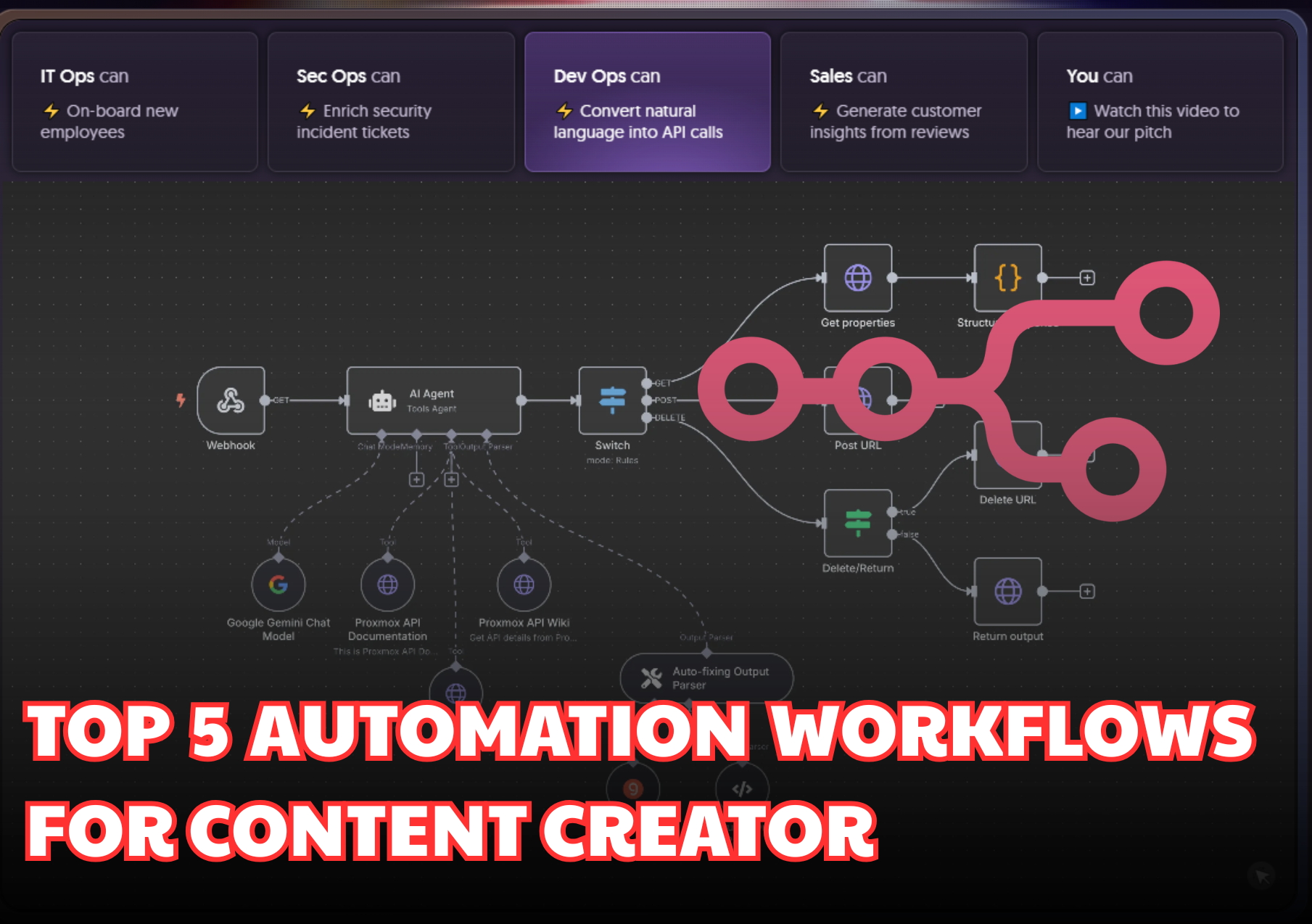As AI video tools like Google Veo 3 redefine what’s possible in video creation, writing a great prompt is no longer about merely describing a scene. It’s about thinking like a director—guiding the AI to understand camera movement, emotion, light, sound, and story rhythm.
In this guide, you’ll learn how to write general-purpose prompts for Google Veo 3 that consistently produce high-quality, cinematic videos, without relying on specific characters or locations.
Table of Contents
ToggleWhy Prompt Quality Matters in AI Video Generation

Google Veo 3 is a multimodal AI capable of interpreting natural language instructions and transforming them into coherent cinematic sequences. But the key lies in how you write your prompt: clarity, intention, and structure can mean the difference between a bland clip and a compelling scene.
The Core Building Blocks of a Strong Prompt

To keep prompts for Google Veo 3 adaptable and reusable, write them based on these 5 flexible elements:
1. Scene Essence
Describe the mood, environment, and activity in broad yet evocative terms.
✅ Use:
“A peaceful morning in a natural landscape”
“A high-energy city street at night”
⛔ Avoid:
Overloaded details: “A man wearing red sneakers in Paris on July 4th”
2. Camera Direction
Veo 3 understands cinematic grammar. Mention types of shots and motion to set tone and rhythm.
✅ Use:
“Aerial drone shot tracking from above”
“Slow-motion close-up on the subject’s expression”
“Camera arcs around the action in one smooth take”
3. Lighting & Visual Style
Define how the scene should feel visually. AI responds well to adjectives from cinema and photography.
✅ Use:
“Warm golden-hour lighting with soft contrast”
“Cool, moody lighting with deep shadows”
“Bright, overexposed daylight with slight lens flare”
4. Audio & Ambience (Optional but powerful)
Even if Veo doesn’t generate perfect audio yet, describing the soundscape helps steer atmosphere.
✅ Use:
“Gentle ambient wind and soft instrumental music”
“Urban traffic noise with distant chatter and jazz”
5. Dialogue or Voice Mood (Optional)
If your scene includes speech, focus on the tone, delivery style, and pacing rather than specific lines.
✅ Use:
“The speaker delivers the message warmly, with slight humor”
“A deep, calm voice narrates slowly and clearly”
Advanced Prompt For Google Veo 3: Think Like a Cinematographer

Instead of writing like a screenwriter or novelist, visualize your prompt like a shot list. Google Veo doesn’t just want to know what happens—it wants to know how the audience should experience it.
Here’s a sample general prompt skeleton:
Duration: 10 seconds
Resolution: 1080p
Aspect Ratio: 16:9
Scene: A [general subject] performing a [broad action] in a [descriptive location].
Camera: Begins with [shot type], transitions to [movement or second shot], ends with [final framing].
Lighting: [Type of lighting and mood]
Audio: [Optional ambience or background sound]
Voice: [Optional tone, language, or delivery if dialogue is used]
This format keeps the prompt flexible but structured enough for Veo to produce a cinematic and coherent video.
You don’t need to write a movie script. You need to inspire the AI like a director briefs a crew. Writing prompts for Google Veo 3 is part art, part instruction—and when done right, it turns simple words into breathtaking visuals.



